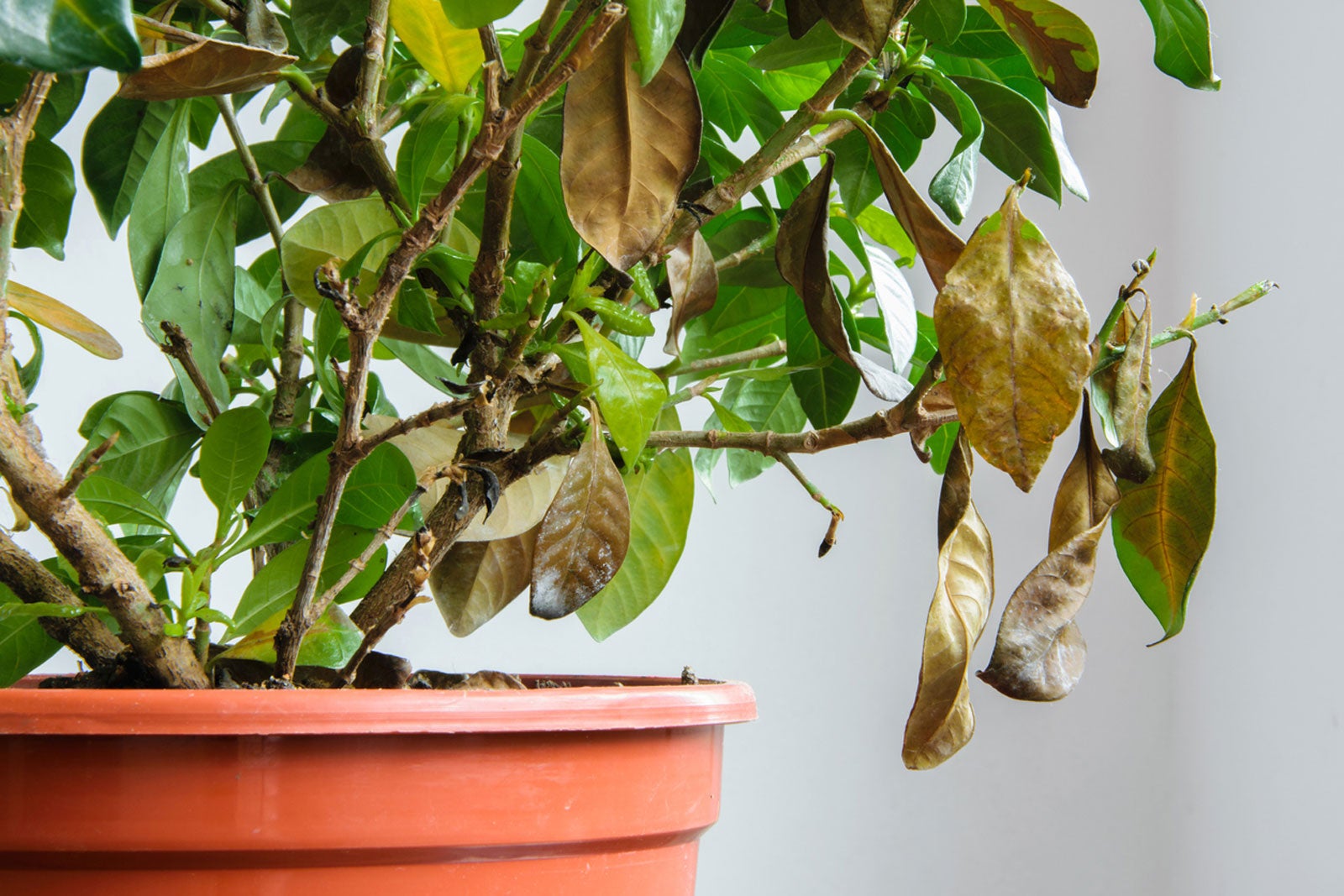Plant Dropping Leaves - Why A Plant May Be Losing Leaves


When leaves drop, it can be quite disheartening, especially if you don't know why it's happening. While some leaf loss is normal, there may be many reasons for a plant losing leaves, and not all of them are good. In order to pinpoint the likely cause, it helps to thoroughly examine the plant and take note of any pests or environmental factors that may be affecting its overall health.
Common Reasons for a Plant Dropping Leaves
Leaves drop for many reasons, including environmental stress, pests and disease. Listed below are some of the most common causes for leaves falling off. Shock - Shock from transplanting, repotting or dividing, is probably the number one reason for leaf loss in plants. This can also be true of plants going from an indoor environment to an outdoor one and vice versa. Fluctuations in temperature, light, and moisture can have an adverse effect on plants, especially as they are transitioning from one environment to another—often resulting in the loss of foliage. Weather and Climate - As with environmental changes that can lead to shock, weather and climate play a huge role in causing leaves to fall. Again, temperatures can greatly affect plants. A sudden change in temperature, be it cold or hot, can lead to foliage turning yellow or brown and dropping off. Wet or Dry Conditions - Many plants will drop their leaves as a result of overly wet or dry conditions. For example, overwatering commonly results in leaf yellowing and the dropping of foliage. Dry, compacted soil can have the same outcome, as roots become restricted. To conserve water in dry conditions, plants will oftentimes shed their foliage. Overcrowded container plants may drop leaves for the same reason, giving a good indication that repotting is necessary. Seasonal Changes - The changing of the seasons can lead to the loss of leaves. Most of us are familiar with leaf loss in fall, but did you know that it can also occur in spring and summer? It is not uncommon for some plants, like broad-leaf evergreens and trees, to shed their oldest (often yellowing) leaves in spring to make room for regrowth of new, young leaf tips. Others do this in late summer/early fall. Pests and Disease - Finally, certain pests and disease can occasionally cause leaf drop. Therefore, you should always examine the leaves carefully for any signs of infestation or infection whenever your plant is losing leaves.
Gardening tips, videos, info and more delivered right to your inbox!
Sign up for the Gardening Know How newsletter today and receive a free copy of our e-book "How to Grow Delicious Tomatoes".

Nikki Tilley has been gardening for nearly three decades. The former Senior Editor and Archivist of Gardening Know How, Nikki has also authored six gardening books.